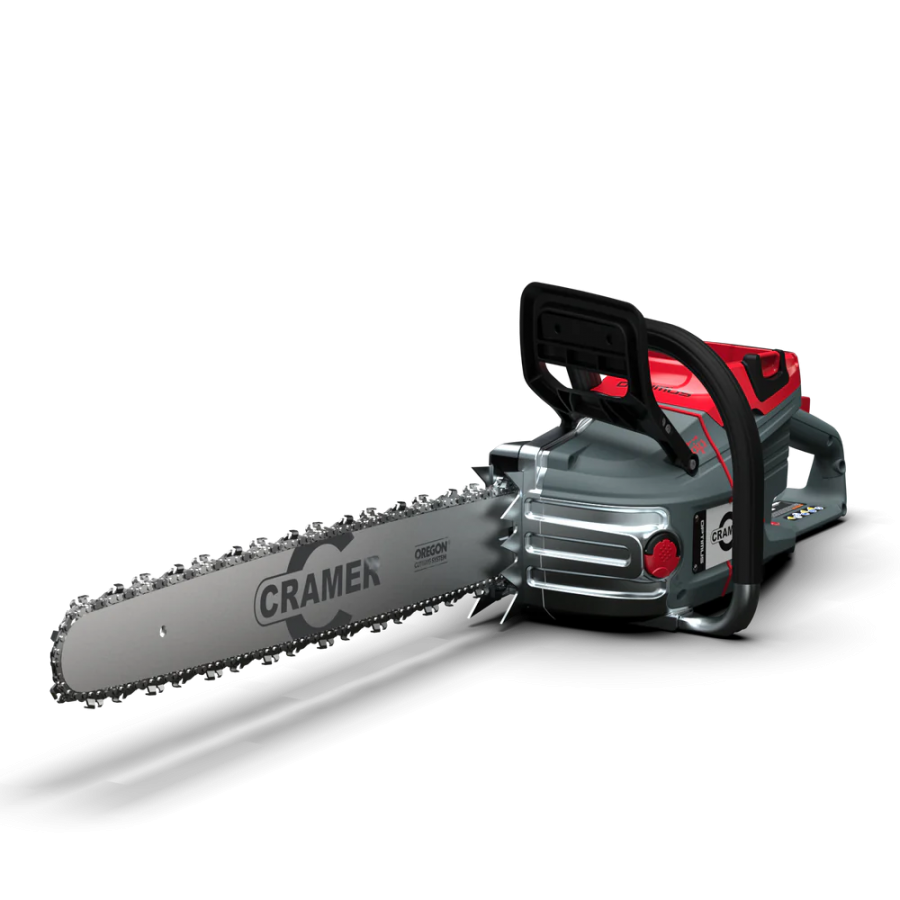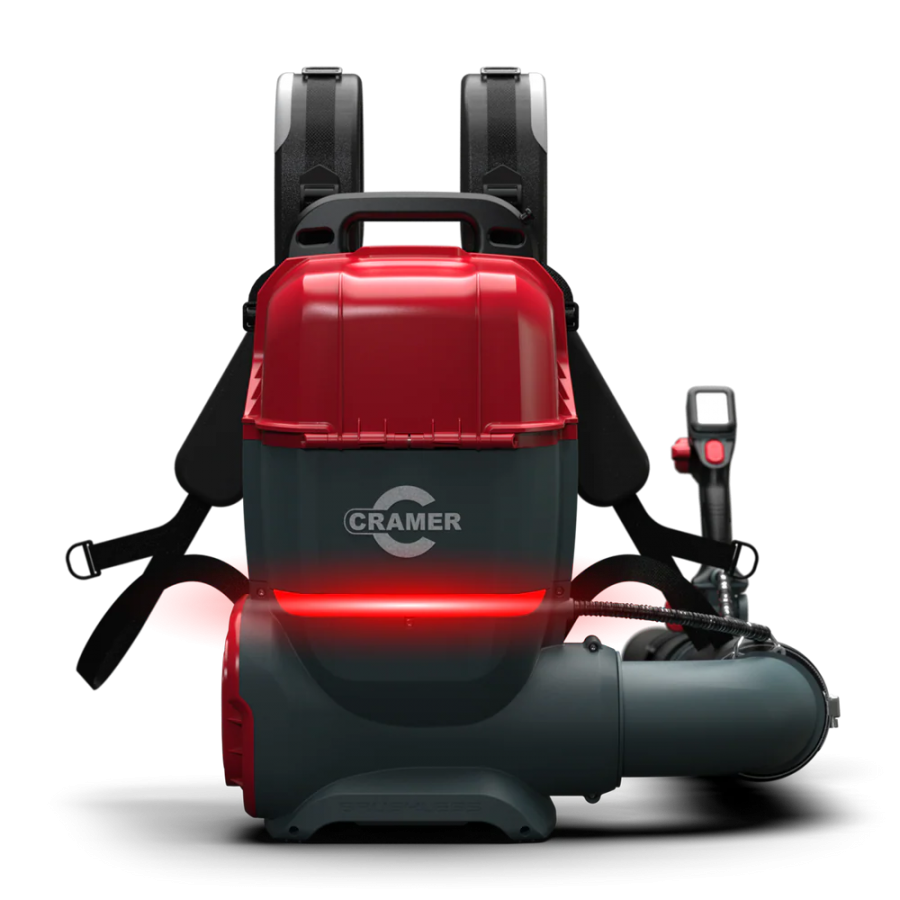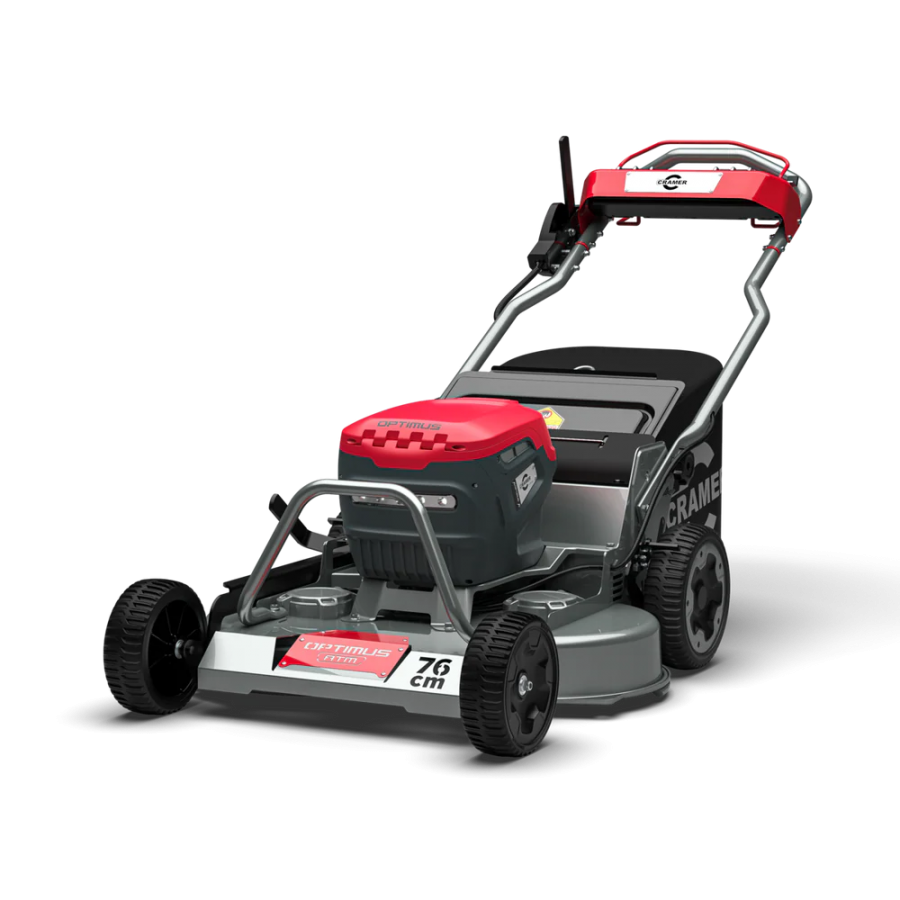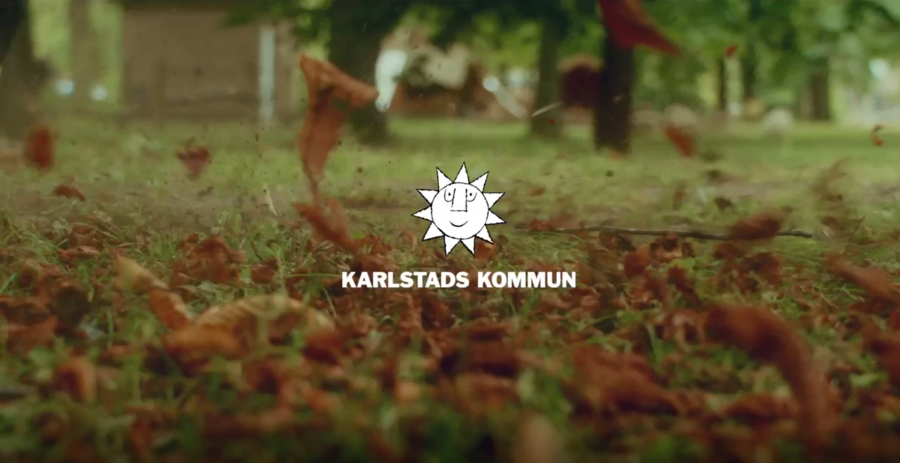
If you find Japanese Knotweed on a property, the implications can be vast. The cost and management time can be significant, and the legal hoops to jump through are rigorous. But if managed correctly, it’s not an unsurmountable problem. Sophie Wilesmith speaks to David Layland, from Japanese Knotweed Control Ltd, about tackling the superweed.
Japanese Knotweed infestation costs Brits £1880 on average to treat, and one in ten lost more than £4000 in tackling it, according to results from a recent study from the Crop Protection Association.
Research also reveals a poor understanding of the legal and financial risks around knotweed. Only one in five (23%) know you have to dispose of the plant - which is a controlled waste - at a licenced landfill site. Only one in ten (11%) know you could get an ASBO for failing to control the weed, while just one in five (23%) know that a neighbours’ insurance company can pursue you for damages if an infestation comes from a property.
“If Japanese knotweed is discovered, the landscape contractor can treat it themselves, but it can be a laborious process. Even if it’s removed successfully, there are future consequences to the property,” says David.
“If the landowner sells it or if the property is re-mortgaged, a warranty to say it’s been treated is required, and a future management plan to ensure it doesn’t reappear should be put in place. To get this warranty, you need to be part of a trade association. The infestation also has to be officially recognised in the documentation when you sell a house.”
According to David, many landscape contractors are aware of the legalities required when managing Japanese knotweed. Ultimately, if the infestation is on land which will always be undisturbed, you can treat it and leave it to decompose. But if that land is ever sold or built on it can become a huge issue, so it’s always best to treat and protect from future repercussions by following the appropriate steps.

Managing the infestation
A robust management plan should be put in place not just for Japanese knotweed, but for any other invasive weeds, such as Himalayan Balsam. “You need an integrated plan, and to ensure treatment is long-term. For instance, it’s important to avoid spreading of Japanese knotweed materials around the site, and cleaning equipment and footwear is crucial in preventing cross-contamination,” says David.
“The most effective treatment for Japanese knotweed is glyphosate. Before application, you must ensure that you comply with all relevant legislation, and the best method of control is stem injecting the plant with the systemic herbicide.”
Alternative herbicides such as Aminopyralid or ‘2, 4-D’ products are available to use with Japanese knotweed, but only as a foliar application. Strict labelling controls are in place for these products and should be checked prior to any application to ensure they are suitable for the area, and that the product is still valid to use in the UK.
“The optimum time to treat against knotweed is in the late summer months into autumn after flowering, when most of the nutrients are being absorbed into the rhizome (root system) so the herbicide has the most efficacy,” says David.
Research shows that if you do treat early in the spring because the circumstances require it, it may take longer to kill the weed. This is because it causes the metabolism of the plant to slow down and it takes time for the herbicide to get into the roots of the rhizome. “Nine times out of ten, if you treat healthy vibrant Japanese knotweed in the late summer, it will have the best chance of being controlled in one growing season.
“Even after a herbicide treatment, the plant needs to be left undisturbed to naturally rot into the soil. This may take some time and is dependent on temperature, moisture and bacteria in the soil breaking the plant material down. If the roots and rhizome are disturbed by excavation during the rotting process, viable material may still be present and cause a re-infestation. If an infested area needs to be disturbed after treatment, we would always recommend secondary remediation by excavation or root barrier installation,” he says.
“The INNSA Code of Practice goes into great detail on alternative control methods, including stockpiling, burial, root barriers and off site removal, along with practical advice, recommendations and current legislation.”
Removal & disposal
If you have the right environmental credentials, you can remove and dispose of knotweed at a licenced landfill site, and it must be declared as Japanese knotweed with relevant documentation.
“Those who don’t – which is often the case - can employ an INNSA organisation such as Japanese Knotweed Control Limited,
to do it for them, and indeed, manage the whole process of treatment and removal,” he says.
Monitoring
It’s also recommended that a herbicide monitoring regime is implemented following any excavation works, in case any small fragments of Japanese knotweed remain in the soil. Suitable herbicides applied by qualified people can prevent the growth from small rhizome fragments becoming re-established.
Please refer to the official code of practice from INNSA (Invasive Non-Native Specialists Association) for all relevant and up to date advice on managing Japanese knotweed.

FACTS
So where did Japanese knotweed come from and how did it get here?
Fallopia japonica (Japanese knotweed) was found in Japan by Phillipe von Siebold and brought back to Europe around 1829. The original plant was propagated in Holland and marketed around Europe by Von Siebold & Company of Leiden.
It is a blessing that Phillipe von Siebold only brought back one female Japanese knotweed plant, and not a matching male plant, meaning all Japanese knotweed in Europe is a female clone of the original plant.
Why is it a problem?
The main way in which it spreads is by human activity. Essentially any part of the plant can, if broken off, grow into a new plant. Greenhouse trials have shown that as little as 0.7 gram of rhizome material (10mm in length) can produce a new plant within 10 days.
In the Spring Japanese knotweed grows extremely vigorously at rates of 300mm per week or more. This energy can also be used to break through any solid barrier that may be in the way, such as roads, pavements, patios and even buildings.









